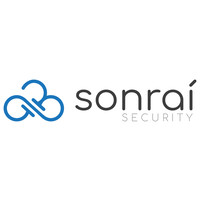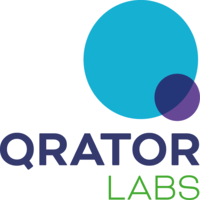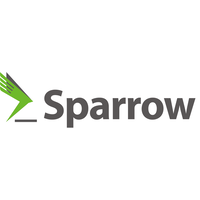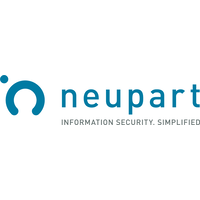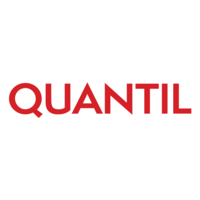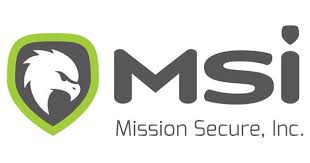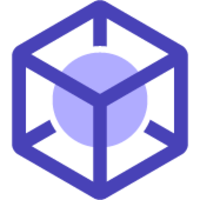PureDome
Increase the network security of your business and remote teams in just a few clicks.
Description
PureDome is the cutting-edge corporate VPN that comes fortified with integrated cybersecurity, seamless remote team connectivity, and robust data access solutions. Empower your business with an impregnable fortress that safeguards your valuable assets and supercharges productivity – all within a centralized platform.
With PureDome's intuitive dashboard, you gain full control over your corporate network, efficiently managing teams and employees, creating customized groups, and controlling permissions – all through a unified point of administration.
Moreover you can experience a host of remarkable features, including the top-of-the-line Wireguard protocol, cloud-based gateways ensuring lightning-fast connections, and the ability to access your network securely from anywhere. Your data remains inviolable with the impenetrable AES 256-bit encryption and obfuscation techniques, preventing even the most determined cyber threats from gaining entry. Safety is paramount with PureDome's Internet Kill Switch, which instantly severs the connection if the VPN link is compromised, ensuring your sensitive information stays locked away from prying eyes. Take advantage of the split tunneling feature, allowing users to access both corporate and public networks simultaneously, elevating productivity to new heights.
Choose PureDome today and embrace a tailored VPN solution that fortifies your business against the evolving digital landscape. Stay ahead of the curve with unrivaled protection and watch your business thrive like never before!


